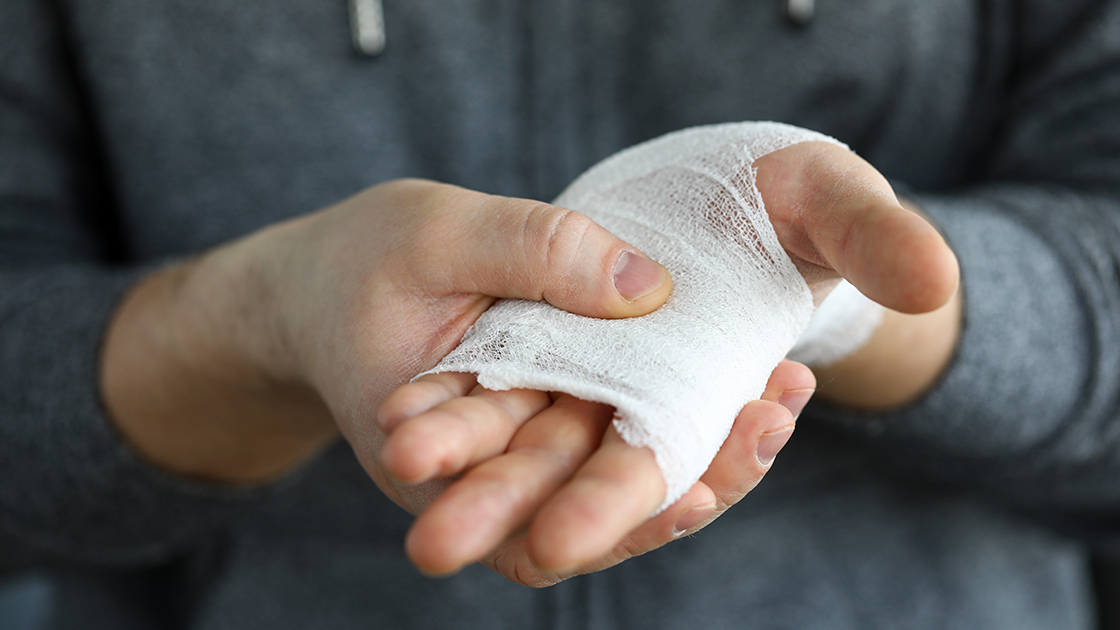Page Contents
Wound healing is a complex process that involves various stages, including inflammation, tissue formation, and remodeling. While the body has its mechanisms for healing wounds, certain factors like chronic conditions, infections, and impaired healing can slow down the process. What’s more, in such cases, innovative treatments like laser wound healing have shown remarkable effectiveness.
Understanding Wound Healing
Wound healing is a dynamic process that occurs in several phases:
- Inflammatory Phase: This initial stage involves the body’s response to injury, including blood clotting, inflammation, and recruitment of immune cells to the wound site.
- Proliferative Phase: During this phase, new tissue is formed, blood vessels develop, and the wound gradually contracts as collagen is deposited.
- Remodeling Phase: In the final phase, the wound undergoes remodeling as collagen fibers reorganize, leading to improved strength and functionality of the healed tissue.
The Role of Laser Therapy in Wound Healing
Laser therapy, also known as low-level laser therapy (LLLT) or photobiomodulation therapy. It utilizes specific wavelengths of light to penetrate tissues and stimulate cellular activity. The therapeutic effects of laser therapy on wound healing include:
- Increased Cellular Activity: Laser therapy promotes cellular metabolism and proliferation, leading to accelerated tissue repair and regeneration.
- Enhanced Blood Circulation: Laser therapy improves blood flow to the wound site, delivering oxygen, nutrients, and immune cells essential for healing.
- Reduction of Inflammation: Laser therapy targets inflammatory mediators, reducing swelling, pain, and inflammation associated with wounds.
- Stimulation of Collagen Production: Laser therapy stimulates fibroblasts to produce collagen, a crucial protein for wound strength and scar formation.
- Antimicrobial Effects: Some lasers have antimicrobial properties, helping to prevent infection and promote a clean wound environment.
Applications of Laser Therapy in Wound Care
Laser therapy has diverse applications in wound care, including:
- Chronic Wounds: Laser therapy can be used to accelerate healing in chronic wounds such as diabetic ulcers, venous ulcers, and pressure sores.
- Acute Wounds: Laser therapy can enhance the healing of acute wounds, including surgical incisions, burns, and traumatic injuries.
- Scar Reduction: Laser therapy can improve the appearance of scars by promoting collagen remodeling and reducing scar tissue formation.
- Pain Management: Laser therapy offers pain relief for wounds by stimulating nerve endings and reducing pain signals.
Benefits of Laser Therapy for Wounds
- Faster Healing: Laser therapy accelerates wound healing, leading to faster closure and reduced risk of complications.
- Improved Wound Quality: Laser therapy promotes the formation of healthy tissue, reducing scarring and improving wound appearance.
- Non-Invasive and Safe: Laser therapy is non-invasive, painless, and safe, with minimal risk of side effects or complications.
- Customized Treatment: Healthcare providers can tailor laser therapy to optimize outcomes by considering each patient’s specific wound type, size, and healing stage.
Conclusion
Laser therapy represents a powerful and innovative approach to wound healing, offering faster recovery, improved wound quality, and enhanced patient comfort. Laser therapy is expected to play an increasingly significant role in the field of wound care. Besides, consultation with a qualified healthcare professional can help determine the suitability of laser therapy. All in all, laser therapy stands as a valuable tool in promoting healing and improving outcomes for patients with wounds.
